"Turn Your Home Dreams into Reality, Request a Quote Now!"

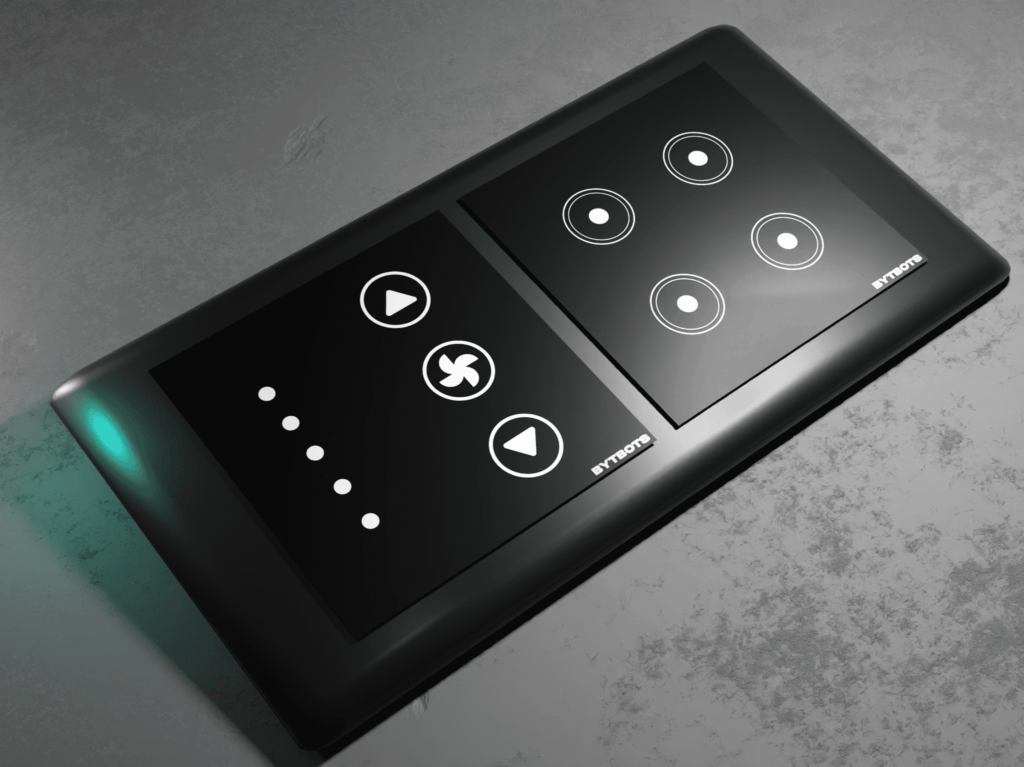
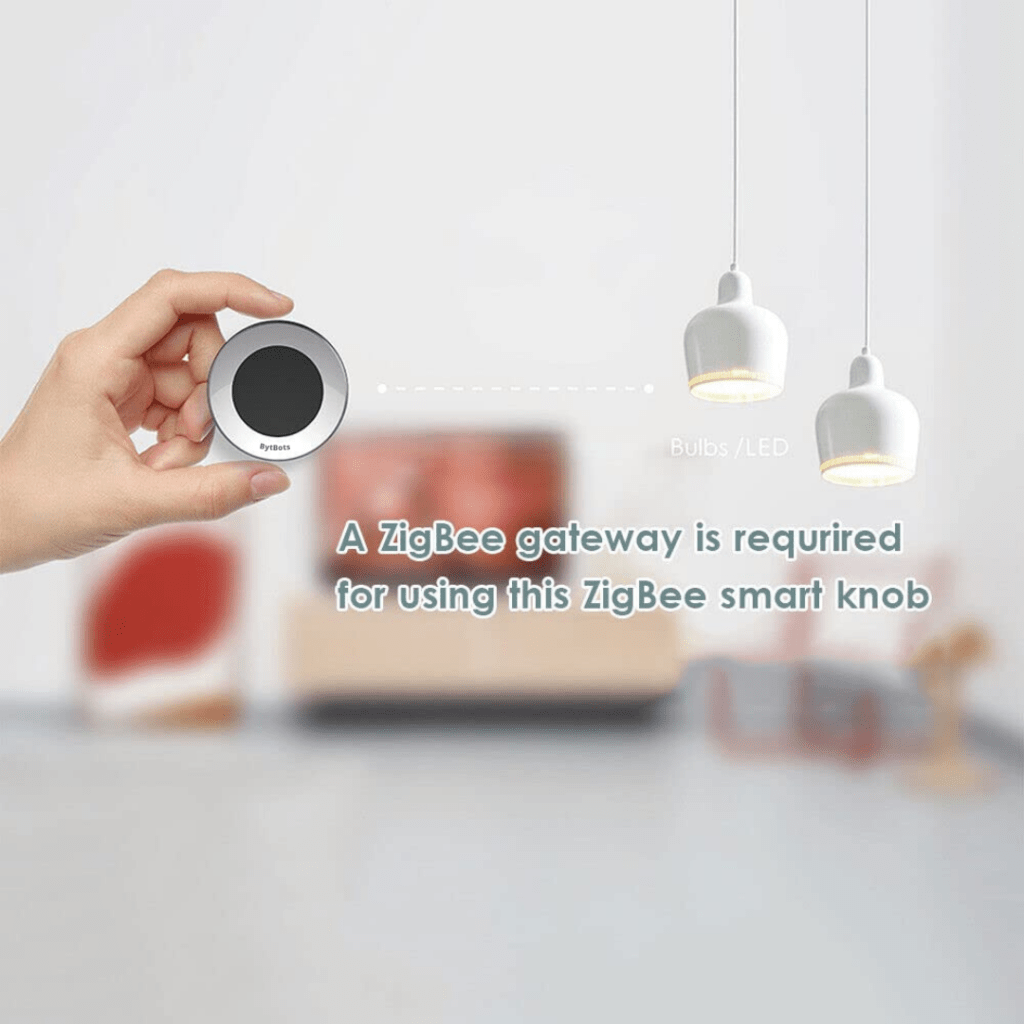
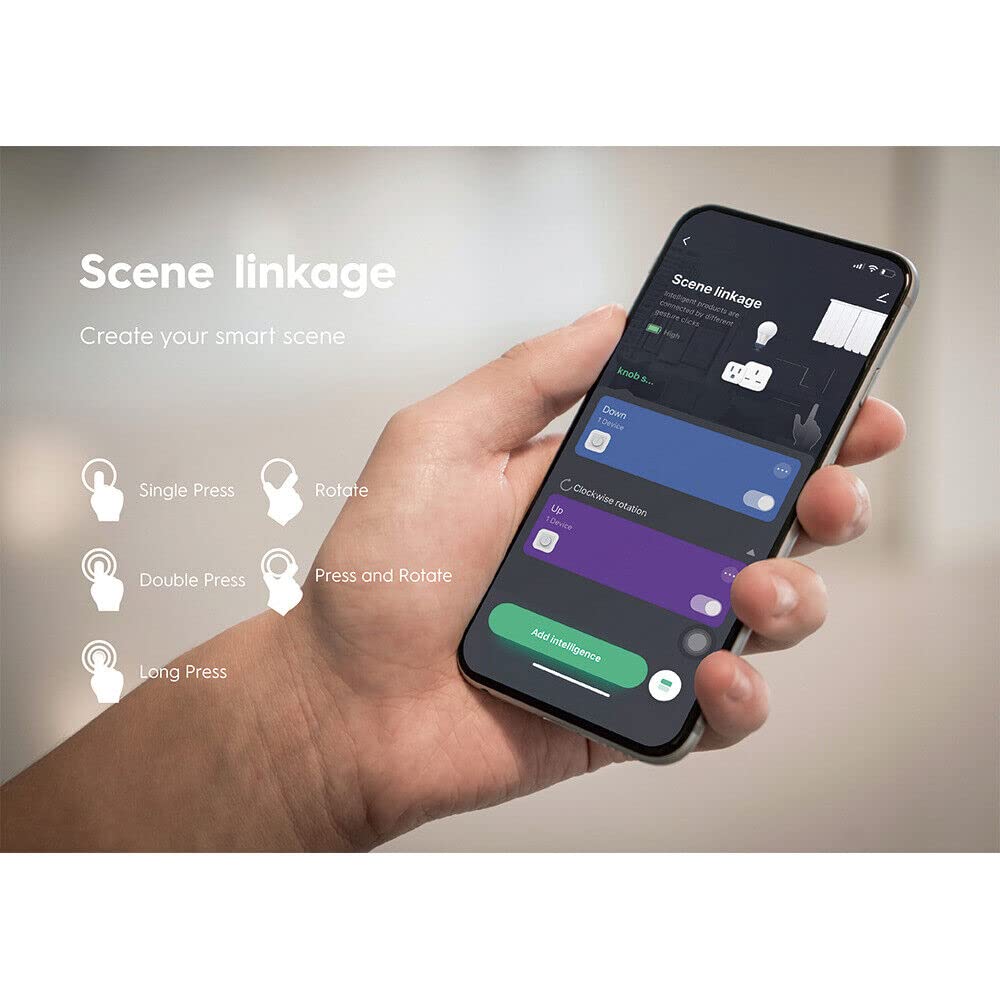
Home Automation Systems
A home automation system is a device pr a group of devices which makes your living more convenient. It includes
- Smart Lights
- Smart Switches
- Scene Creators
- Automatic Curtains
- Voice Control operations
- App Control
To know more please click on learn more and send us your enquiry.
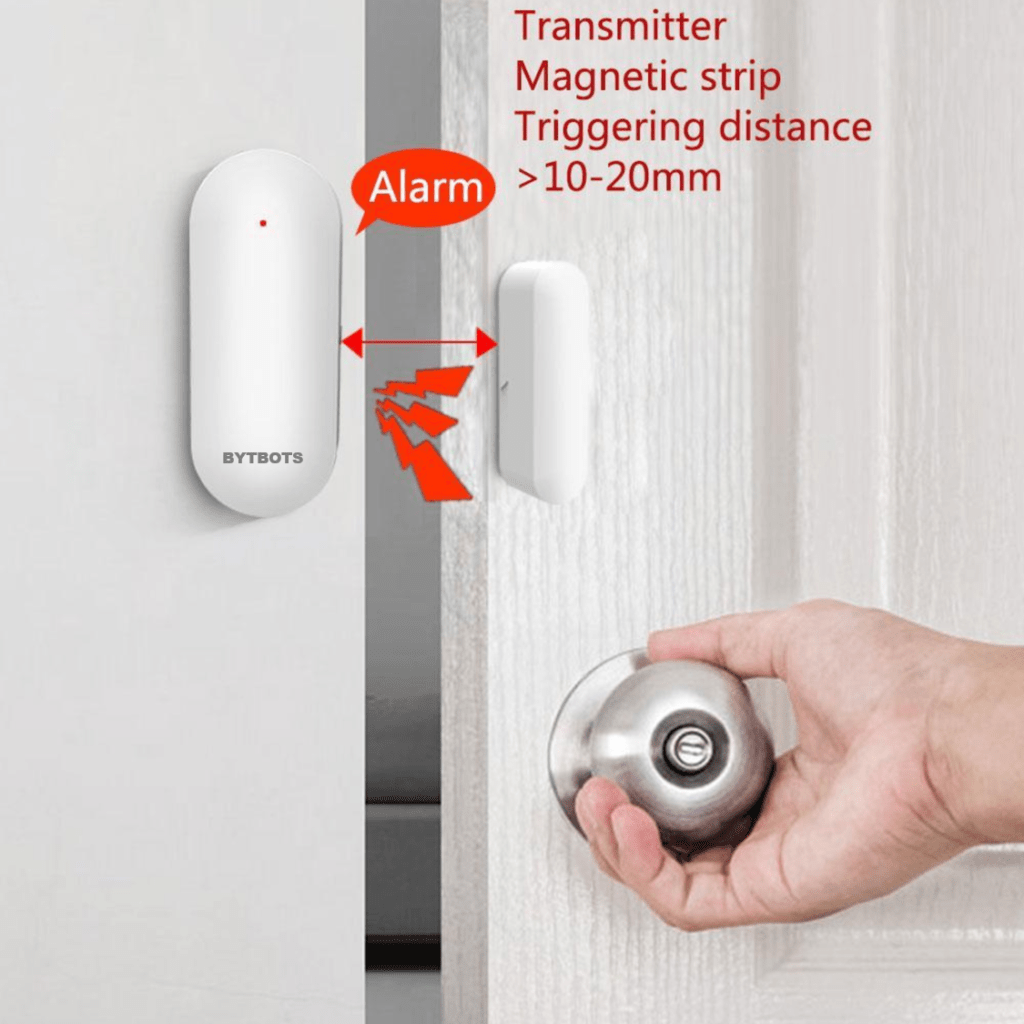
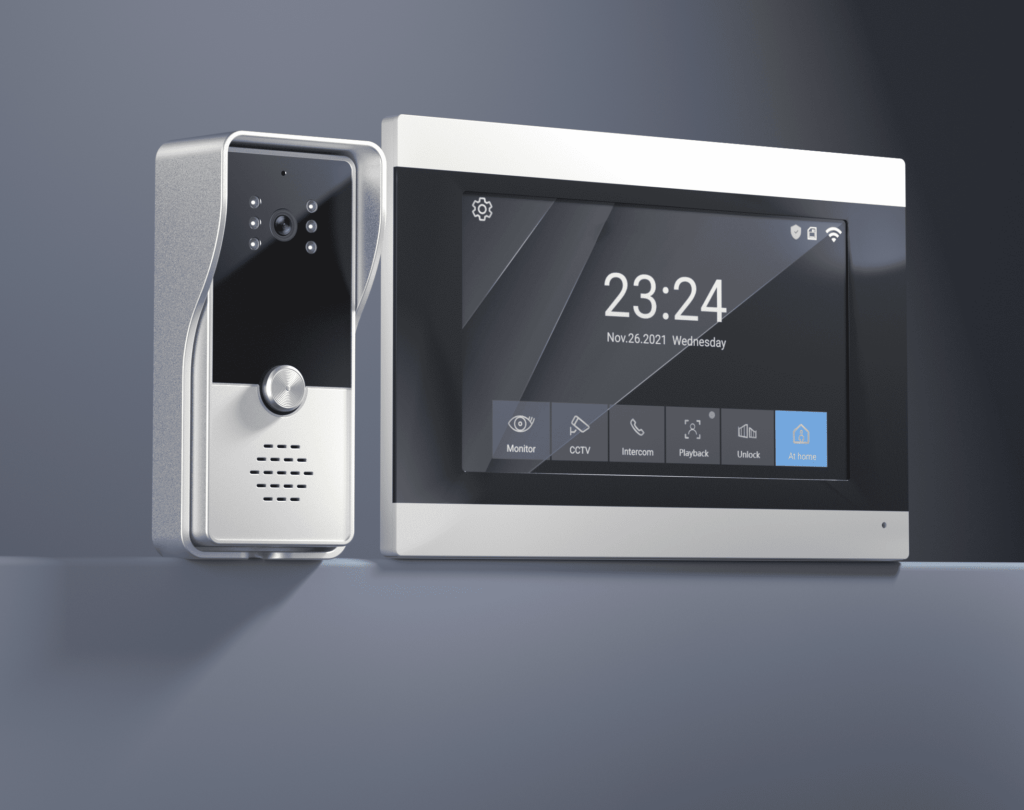
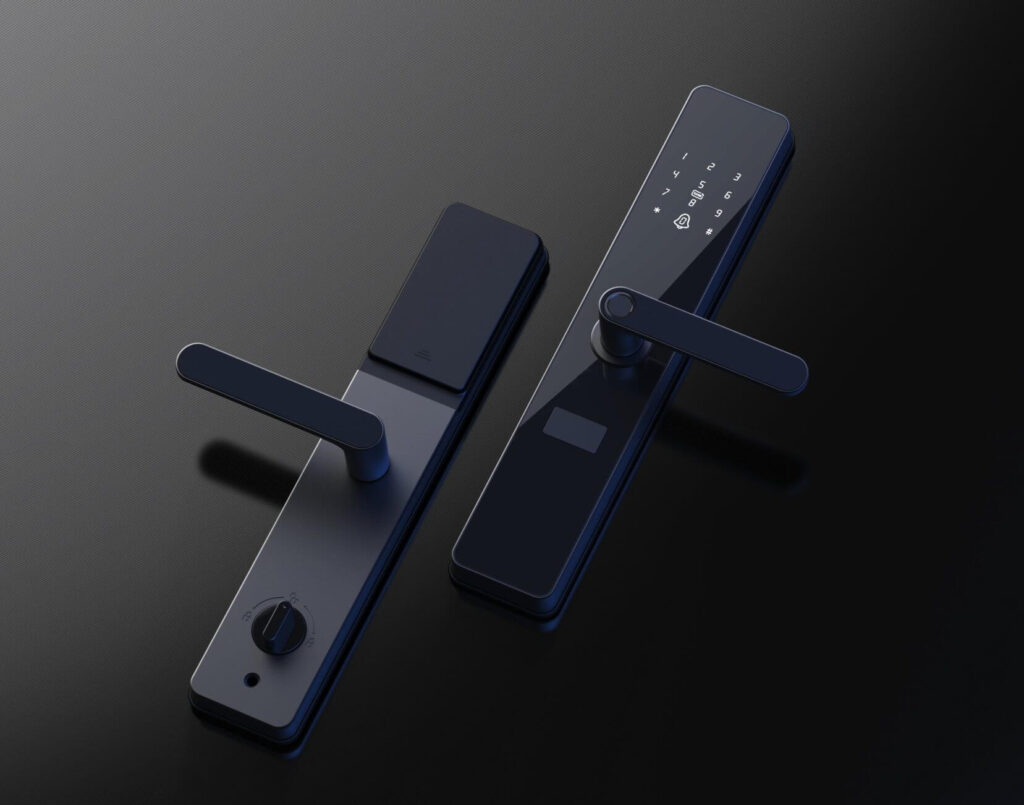

Security and Surveillance Systems
Along with the convenience, we also make your that our products will provide the secure lifestyle. We integrate some device to your home to increase the security. It includes
- Smart Sensors
- Smart Doorlock
- Scene Doorbell
- Cameras
- Worldwide Surveillance
- Remote Operations
To know more please click on learn more and send us your enquiry.
Our Services
Have a look on the types of services we provide for a convenient and secure home.

Smart Lighting
Transform your space with smart lighting. Control all lights at your fingertips with our smart application.

Sensors Integration
Save energy with sensor integration. Automated resource optimization for energy efficiency.

Smart Security
Protect yourself with smart security. Surveillance, access control, and alerts for a safe environment
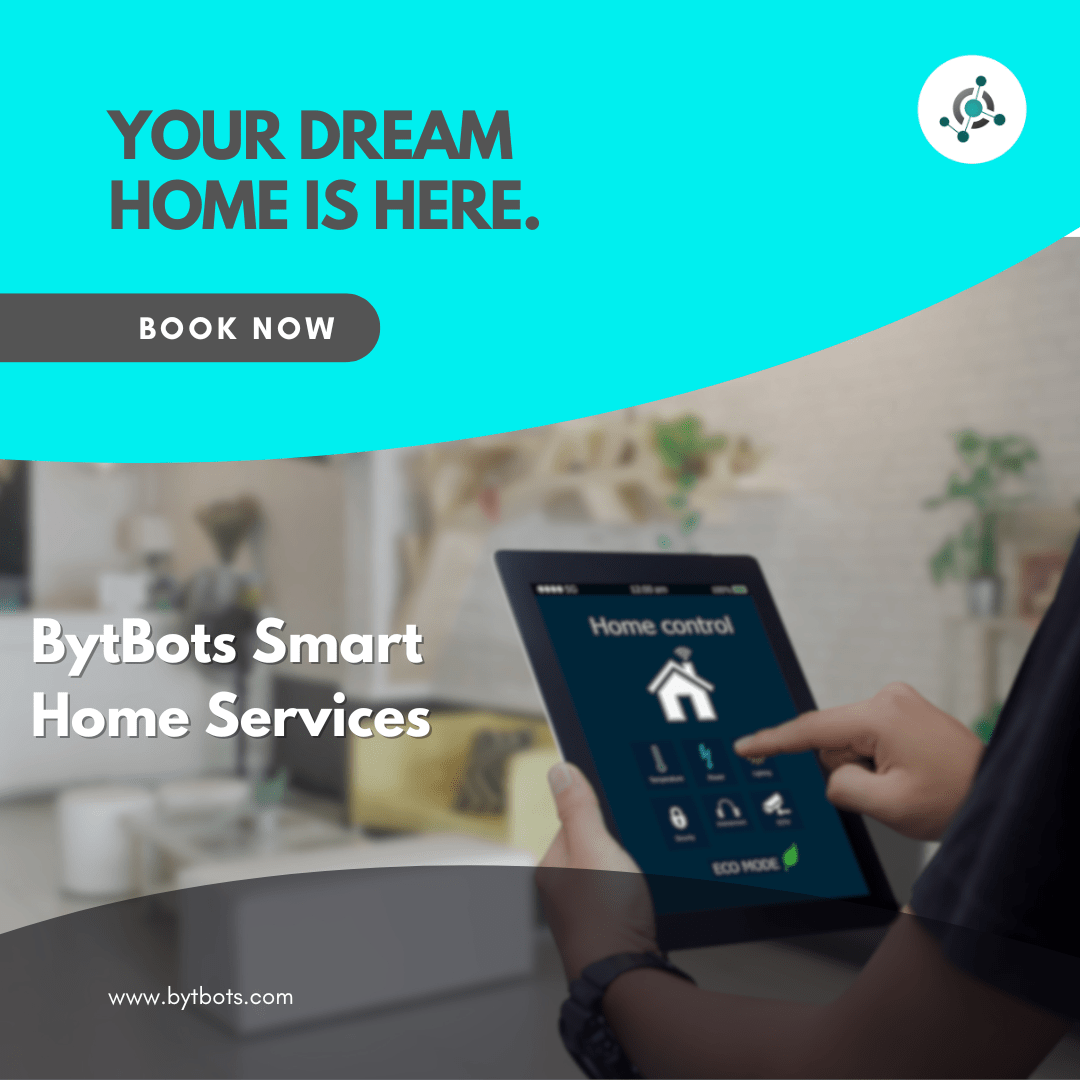
Complete Automation
Elevate your lifestyle with home automation solutions. Effortless control, energy efficiency, security and more.
Why Choose Us
Remote Access & Control
Scalability & Expandability
Seamless App Integration
Improved Security and Safety
Still having any doubts?
“Unlock Savings and Enhance Your Life – Click ‘Get a Quote’ Now for a Tailored Solution to Your Needs!”

